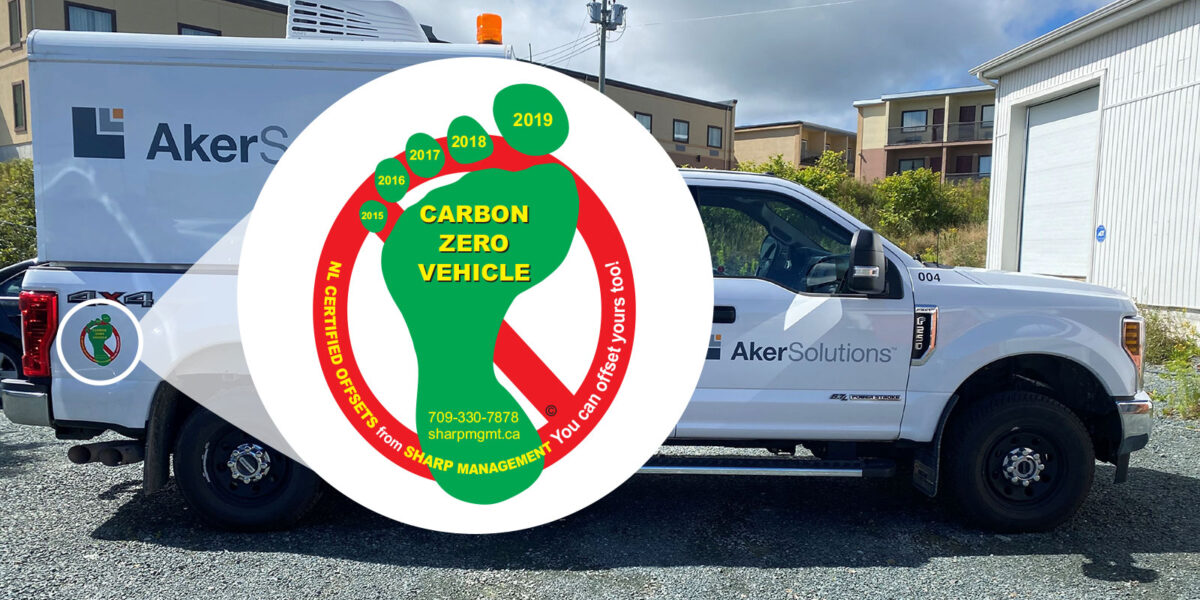Let’s face it—when we think of high-tech, we picture massive machines, blinking lights, and humming engines. But sometimes, the smartest solutions are the simplest. Enter wetlands. These seemingly humble ecosystems are quietly outperforming the most advanced wastewater treatment plants—and doing it in style.
In the age of climate urgency and ecological disruption, green built wastewater treatment systems like engineered wetlands are stepping into the spotlight. And they’re proving that nature-based infrastructure doesn’t just compete—it leads.
Nature Knows Best: How Wetlands Work
Wetlands are natural filtration systems. Think of them as Earth’s original water purifiers. They remove contaminants through a clever mix of plants, microbes, and soil processes. In engineered systems, we simply replicate what nature has perfected over millennia.
When wastewater flows into a wetland, plants like reeds and cattails take up nutrients, microbes break down organic material, and wetlands filter and trap suspended solids. What’s left behind? Clean, reusable water with far fewer carbon-dioxide equivalent emissions than conventional treatment plants.
Breaking the Machine Mindset
Traditional wastewater plants are engineering marvels, no doubt. But they’re also resource-intensive. Massive energy inputs, complex chemical processes, and constant monitoring make them costly and environmentally heavy.
In contrast, wetlands require no chemicals, minimal energy, and low maintenance once established. They don’t need to be plugged into the grid. They don’t produce noise pollution. And their impact on carbon-dioxide equivalent emissions is dramatically lower. Why? Because the plants act as aeration pumps without electricity and the system operates passively.
A Low-Tech, High-Impact Innovation
Let’s talk numbers. While a conventional plant might emit large amounts of CO2 and other greenhouse gases during treatment, wetlands quietly sequester carbon in plant biomass and soil. It’s the essence of green built wastewater treatment—you clean water and reduce your climate footprint at the same time.
Plus, wetlands adapt. They grow. They expand their capacity naturally as vegetation thickens and microbial communities evolve. And unlike metal and plastic machinery, wetlands don’t wear out; they evolve with the landscape.
Design Smarter, Not Harder
Many assume building a wetland-based treatment system is a compromise. But it’s not about choosing between performance and sustainability—it’s about integrating both. A well-designed engineered wetland can meet stringent regulatory standards while reducing operating costs and long-term emissions.
For communities looking to reduce carbon-dioxide equivalent emissions, wetlands offer a scalable, nature-based solution. They work for small rural towns and growing urban districts alike. And unlike tech-heavy infrastructure, they don’t need costly software upgrades or replacement parts every few years.
Climate Resilience Built In
Here’s where wetlands truly shine—they’re built for a changing climate. Flooding? Wetlands absorb excess water. Drought? They store moisture and support surrounding ecosystems. Rising temperatures? The shaded wetland environment naturally moderates microclimates.
Compare that to a traditional plant—where floods mean system failure, and droughts can limit functionality. Wetlands don’t just treat water. They buffer communities from climate extremes and create biodiversity havens.
That’s why they’re being embraced as a form of green built wastewater treatment, not just by environmentalists but by engineers, planners, and policymakers around the world.
Cutting Costs and Emissions Simultaneously
Operating a mechanical treatment facility isn’t just expensive—it’s energy-hungry. Pumps, aerators, and filters all require electricity, often generated from fossil fuels. And that adds to your carbon-dioxide equivalent emissions every single day.
Wetlands? They run on sunlight and biology. That means lower utility bills and less dependence on the grid. And because they rely on passive treatment processes, there’s no need to burn energy to force reactions.
So, while one system racks up energy costs and emissions, the other quietly goes about its work—cleansing water, storing carbon, and nurturing ecosystems.
Unexpected Benefits You Can’t Engineer
Let’s not forget the bonus perks. Wetlands provide habitat for birds, insects, and aquatic life. They beautify communities. They offer educational and recreational spaces. And they’re surprisingly resilient to disruptions. Wetland treatment systems can even have parks around them with walking trails.
In contrast, mechanical systems are sterile, uninviting, and prone to shutdowns. There’s no real “plan B” if something breaks. But wetlands? They adapt and continue working. It’s that built-in intelligence you can only get from nature. Also mechanical treatment systems and lagoons are always secluded from the community and you would never put a park or walking trails around them.
This holistic functionality is part of what makes them an ideal example of green built wastewater treatment that supports both people and the planet.
Rethinking Infrastructure in a Warming World
We’re in the middle of a major shift in how we think about infrastructure. The old mindset focused on control and isolation—divert, treat, discharge. But the new mindset is about integration and regeneration—treat, renew, reuse.
Wetlands fit this new paradigm perfectly. They treat wastewater, recharge groundwater, trap pollutants, and store carbon. They support biodiversity and human well-being. And they do all this with a minimal environmental footprint.
As communities work to slash carbon-dioxide equivalent emissions, turning to nature-based solutions like wetlands isn’t just smart—it’s essential.
What’s Holding Us Back?
With all these benefits, why aren’t wetlands everywhere?
Partly, it’s mindset. We’ve been conditioned to believe that only high-tech equals high performance. But we’re learning that high-impact solutions don’t always need to come in stainless steel packages.
There are also regulatory and design hurdles. Wetlands need space, careful planning, and public education. But as more success stories emerge, these barriers are breaking down. It’s only a matter of time before green built wastewater treatment becomes the norm—not the exception.
Conclusion
In the race to build sustainable cities and resilient communities, wetlands are emerging as silent superheroes. They offer a smarter, simpler, and more sustainable way to manage one of our most pressing environmental challenges: wastewater.
So, the next time someone brags about their ultra-modern water treatment plant, tell them about the wetland down the road—cleaning water, reducing carbon-dioxide equivalent emissions, boosting biodiversity, and doing it all without a single motor, and for a fraction of the operational costs.
Sometimes the smartest tech isn’t new. It’s natural. And it’s been here all along.

